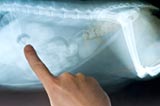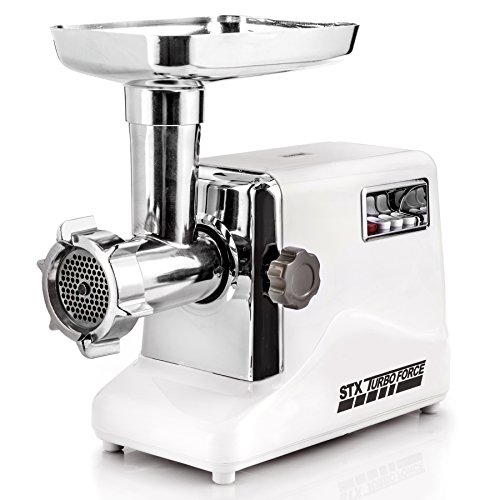Leptospirosis is a contagious disease that affects animals as well as humans. Caused by a group of organisms called lepterospira interrogans (within such species there are different strains), the disease can lead to chronic liver and kidney disease and even death in dogs. Eight of the different strains give off different types and levels of disease which depends upon the animal that they infect. The disease causes more problems in dogs. Not until recently, the vaccines that were available are only for two types of bacteria namely, Leptospirosis canicola and L. icterhaemorrhagiae, has virtually wiped out the clinical ailment associated with these strains between the immunized dog population. Vaccines for two other additional types of bacteria, L. grippotyphosa and L. Pomona are now readily available.
The leptospira organism Leptospires grow well in water, appearing in a spiral shaped long body with hooks on both ends. They are called "aquatic spirochetes". They are of two species, Leptospira biflexa and Leptospira interogans which cause disease in animals and humans. Leptospira interogans is divided into strains based upon antigen (stimulates the production of antibodies) types, providing very little cross immunity opposed to one serovar and the host, which is the dog that has developed resistance to one strain either by vaccination or through former infection, will not be capable in repelling an infection brought about by a different strain.
Sources of infection Bacteria carriers are generally rats and other rodents, though an infected dog can also be a source of infection. The most significant means of transmitting the disease is through urine ingestion and other forms of bacteria will penetrate very thin skin.
Leptospirosis transmission The disease is transmitted when the animal comes in contact with the urine of other infected animals, through bite wounds and absorption of an infected tissue.
Indirect transmission happens when dogs wade in or drink contaminated water or food. Since stagnant water provides a very appropriate environment for the leptospira, dogs that wade in it get infected. Infections are common in the fall and in summer because the survival of the organism is highly reduced by freezing.
During the first four to twelve days following the infection, the dog will have fever and experience shivering, vomiting, appetite loss, depression, conjunctivitis and pain.
In severe cases, the infected dog may develop hypothermia (abnormally low body temperature) eventually become depressed and die even before a kidney or liver breakdown. A microscopic agglutination test is performed on a blood sample of a suspected animal from a laboratory. This can test for individual strains and the animal's level of antibody (titer) to combat these strains.
Depending on the titer's level, a positive diagnosis to the precise and specific strain can then be made. It will be helpful if many samples are drawn and tested as titers may have negative results in the first ten days after the infection, and former immunization shots may give an elevated titer and should be taken into consideration during the interpretation of the titers.
In dogs that are severely infected, they are expected to shed the leptospira organism in their urine, thus when a urine sample is taken and cultured, it can give a positive diagnosis. This is not the best way however, because the individual getting the sample may be at risk.
Treatment Treatment usually will consist of antibiotics, fluid replacement for rehydration through intravenous as well as controlling the dog's vomiting through antiemetics and other problems related to liver or kidney infections. Note that dehydration must be correct within six to twelve hours.
Penicillin or one of its byproduct is the antibiotic that is given to treat early infection, after which, doxycycline is used for cure and prevention of possible continuing carrier state.

 Stinky Dog Ears
My dog Sasha (pictured) has
Stinky Dog Ears
My dog Sasha (pictured) has
 Caring For a Golden Doodle
Credit: www.pixabay.com
Caring For a Golden Doodle
Credit: www.pixabay.com
 How to Exercise Your Dog: The Benefits and Tips For Exercise
Dogs Living In The Modern WorldFor centuries,
How to Exercise Your Dog: The Benefits and Tips For Exercise
Dogs Living In The Modern WorldFor centuries,
 Why Vet Care is So Expensive
Why Vet Care is So Expensive
Why Vet Care is So Expensive
Why Vet Care is So Expensive
 Canine Nutrition and Wellness Part 2: Feeding Your Dogs Homemade and Unprocessed Meals
Looking back before commerci
Canine Nutrition and Wellness Part 2: Feeding Your Dogs Homemade and Unprocessed Meals
Looking back before commerci